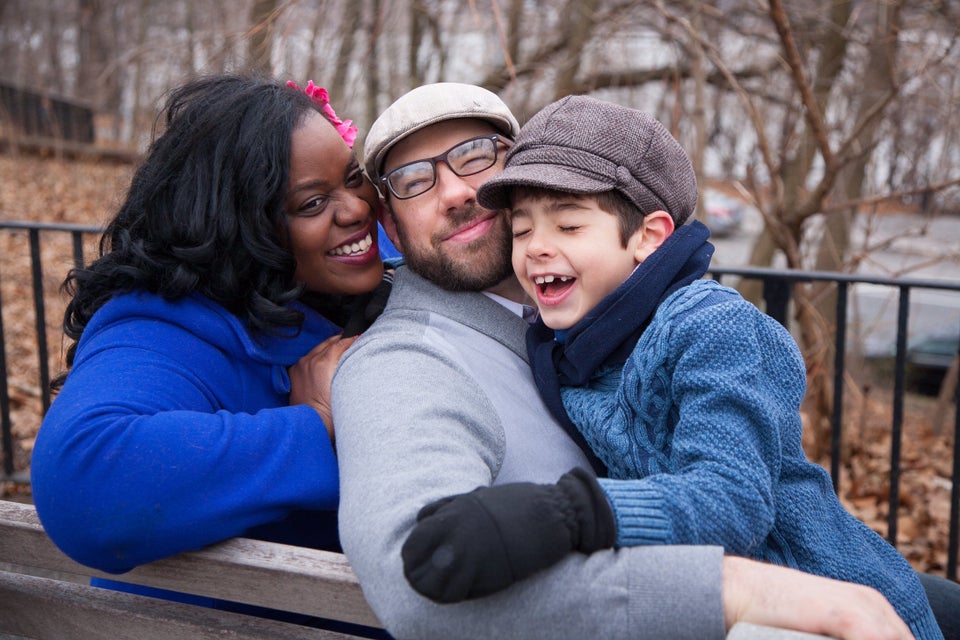Last month, the social horror film “Get Out” was No. 1 at the box office and gained the rare, coveted 100 percent “fresh” rating on Rotten Tomatoes. The film, about a black man visiting his white girlfriend’s parents for the first time (to disastrous results) comes from the mind of Jordan Peele, a mixed-race comedian and filmmaker who also happens to be in an interracial relationship himself.
That “Get Out” not only exists, but has done so well commercially and critically, speaks to how far Hollywood has come in terms of on-screen representation of white and black love. One of the earliest depictions of a black man and a white woman together on screen was D.W. Griffith’s 1915 film “The Birth of a Nation,” where the black man was depicted as a stereotypical, sex-crazed rapist eager to steal the innocence of a white girl.
In the 1930s, anti-miscegenation laws made interracial relationships a taboo, and the industry’s strict Hays Code made it so that mixed-race relationships in movies were not only taboo ― they were also forbidden on screen. Of course, this didn’t stop filmmakers from tiptoeing on the line between what could and could not be shown ― romances between white actors and starlets like Josephine Baker and Dorothy Dandridge in the 1930s and ‘50s were implied, though never consummated with a kiss.
But Hollywood romance, of course, is all about the kiss. That line was first crossed in 1965’s “A Patch of Blue,” where Sidney Poitier shared an on-screen kiss with white actress Elizabeth Hartman, who was playing a blind girl. The brief scene was considered so risqué that the kiss had to be cut from the film in theaters in the South.
Since the landmark 1967 Supreme Court case Loving v. Virginia, which made interracial marriage legal across the United States, attitudes toward interracial love have definitely changed. Gone are the days when a 10-second kiss between a black man and a white woman in a film would have to be cut just to screen in an American theater.
But there’s still a tension, an uneasiness with how we approach these relationships on screen. As The New York Times reports, while mixed-race marriages and relationships in America have reached record highs, it isn’t necessarily reflected in the stories we see on the big and small screen.
Interracial relationships, both on screen and in real life, are a sign of change ― but they aren’t necessarily a sign of racial progress. Think of the narratives that we so often see played out in movies about interracial relationships. First, it’s almost always a black and white couple ― this year’s Oscar-nominated “Lion,” starring Dev Patel, was one of the rare instances of seeing an Asian man in an on-screen romance with a woman of a different race.
Next, the conflict always hinges on the couple being from two “different worlds” ― think “Save the Last Dance” or “Jungle Fever.” This narrative is obviously a reality for many interracial couples, but it’s a narrative that’s been used in the same way so many times that it’s lost all nuance. Progress, then, doesn’t just come with interracial couples on screen, or the box office numbers they get ― progress also comes with the kinds of stories we’re seeing, and the way in which they are being told.
That’s what makes “Get Out” a special kind of monster. It takes the classic “Guess Who’s Coming To Dinner” comedy-drama storyline and turns it on its head by filtering it through the prism of horror and suspense.
We’re past films that gawk at the novelty of a black person and a white person in a relationship. We’re past films that present these relationships as the answer to racism. If film is a mirror of ourselves, our representations say a lot about where we are as a society today.
“Get Out” is not perfect. But it gives a glimpse of the unease that still exists, just beneath the surface for many people of color, no matter how “woke” their white spouse and their families seem to be. That’s real. That’s interesting.
That’s a kind of progress.


